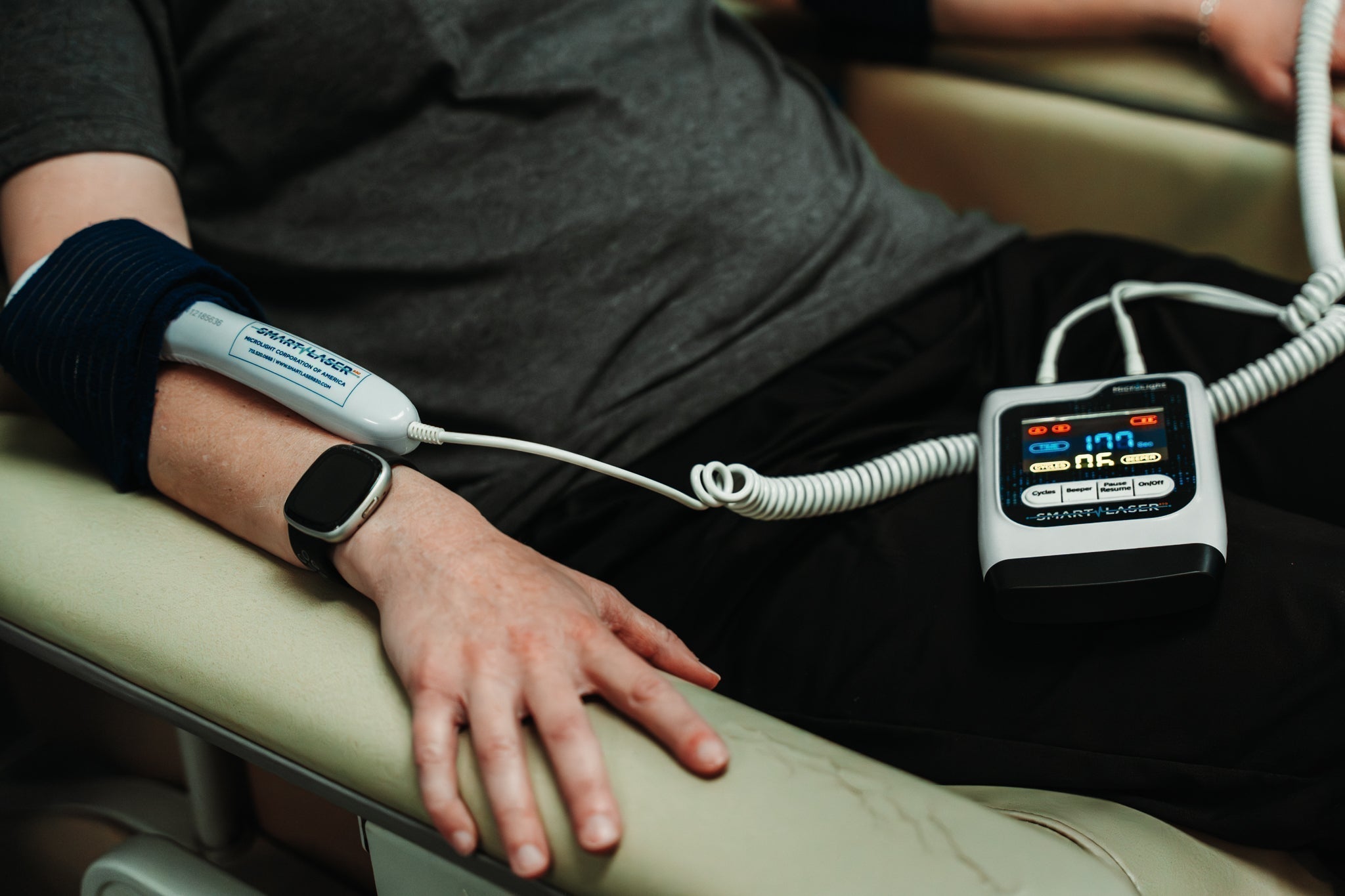Guest Post By: Tom Teter, DC (Developer of FAKTR's Rehab to Fitness)
There is currently a conversation going around in social media influencer circles suggesting that the ‘best’ way to perform resistance training is for a person to only move into 90 degree joint angles--according to these influencers, this is considered “optimal” for training. These “experts” suggest that by only training at 90 degree joint angles that it will not only lead to greater training effects, but also reduce the rate of musculoskeletal injury.
There is a lot to unpack here, so let’s begin with the first suggestion:
#1. In theory there is no such thing as an optimal joint angle when training.
The question you have to ask is optimal joint angle for what? Optimal is specific to the person and the task they are trying to accomplish. An optimal joint angle is the one that you can control. An optimal joint angle during training is the one that you have the joint and tissue pre-requisites to move into safely.
#2. A 90 degree angle is the position where we are strongest in executing loaded exercise.
It is true that if we move a joint into a 90 degree angle during training this is the position where we have optimal length / tension relationships to which we can produce the most amounts of force. However, that DOES NOT mean that training in this position is best for injury prevention...which I'll explain further.
Due to the number of sarcomeres overlapping this is the position where we are the strongest during the execution of a loaded exercise. A 90 degree joint angle is a position in which you can handle larger amounts of stress, and thus if consistently loaded could lead to greater amounts of strength.
#3. But...Being in the “strongest” position does not mean that the risk of injury is reduced.
While the 90 degree angle is considered the position most equipped to handle larger amounts of stress, that does not mean that this position will lead to a reduction in rates of injury.
Let me explain...
Musculoskeletal injury is the result of 3 potential issues:
- Poor movement competency: your joints cannot physically get into the right positions to absorb forces to be able to adapt to stress.
- Lack of fitness capacity: your tissues are lacking specific strength in those joint positions.
- Poor load management or excessive training stress being placed in the tissues past its functional threshold.
For the sake of this conversation let’s discuss the first and the second causes specifically. We define injury as load placed into a tissue past its functional threshold. This can be caused by the joint not being able to get into the proper position, or by having the joint in a position where the muscular system cannot produce sufficient amounts of tension to disperse and dissipate external forces efficiently.
Our knowledge of muscular physiology suggests that force production is joint angle specific. The literature also suggests that force output the muscular system has developed due to training can only transfer to within 10 to 15 degree increments of that joint position. This means that if you move your joint to a 90 degree angle, sarcomeres for the muscles moving into that joint position can only produce sufficient force within 15 degree increments, or in this case up to 105 degrees of motion.
#4. You cannot produce force effectively in joint positions you don’t have experience training in.
This force production carryover is very specific to joint angle, and thus abides by the principle of specificity with training.
If during training we only move our joints into 90 degree angles, what happens in any instance in life or sport where we have to move that joint beyond 90 degrees.
This creates an area of range of motion that we don’t have experience producing force in, and thus are less likely to be able to dissipate forces in that position - which could lead to increases in musculoskeletal injuries. If we follow the principle of specificity or even specific adaptation to imposed demands - then any joint position past 90 degrees is a position that the tissues have not had the opportunity to adapt to, and thus injury could occur.
It is my opinion that you are only protected from injury in positions your joints can produce force in. Thus if you don’t train in that joint position you most likely won’t be efficient at producing force there.
Key Take-Away: It is my opinion that using low threshold loading such as isometrics or forced eccentrics in task specific joint positions is a much better approach to reducing injury than only training at 90 degree joint angles.
I am not suggesting by any stretch of the imagination that we train all joints through their entire range of motion all the time, or even under submaximal or maximal loads. What I am suggesting is that we could use low threshold loading such as isometrics or forced eccentrics in specific joint positions to allow for tissue adaptation and increases in force production in positions where you would not train if you were only moving into 90 degree angles.
Ultimately, we need to remember that the optimal range of motion is specific to the task at hand, and not just the joint angle that can produce the most tension due to having favorable length / tension relationships.
Although 90 degree joint angles during training may have some encouraging benefits from a strength perspective, it most likely will do nothing to decrease the risk of musculoskeletal injury.
Training is specific and if we want positive adaptation in regards to injury reduction we have to load tissues past 90 degree joint angles.
Remember you cannot produce force effectively in joint positions you don’t have experience training in. 90 degree joint angles may be “optimal” for muscular strength in that specific joint position, but it is not “practical” for the reduction of non contact musculoskeletal injuries in other joint positions that have not been trained appropriately.
###
About Dr. Teter:
Along with being the developer of FAKTR's Rehab to Fitness course, Dr. Tom Teter is the owner of Engineering Athletes, a manual therapy and performance enhancement clinic that focuses on integrating movement-based rehabilitation and functional performance training. With more than 15 years of experience in strength and conditioning and clinical practice, Dr. Teter has treated and trained thousands of athletes at all levels of skill and ability. His clients have ranged from children in youth development programs to high level elite and professional athletes from a wide variety of sporting backgrounds.
Dr. Teter holds a Bachelors degree in Exercise Science from Missouri State University, as well as a Doctorate in Chiropractic from Cleveland Chiropractic College. With his extensive experience in rehabilitation, Dr. Teter hold numerous certifications within the industry that have helped him develop injury prevention training protocols that assist his clients in reaching their peak physical potential.
In addition to running his clinical practice, Dr. Teter has served an Associate Professor and the Program Director of the Fitness and Wellness Program at Park University. During his time at Park, Dr. Teter developed the program’s full curriculum blending the science of exercise with the practical application of strength and conditioning.
Through the sports medicine program at Park University, Dr. Teter created and developed an app for smartphones that determines daily readiness for athletic activity by measuring subjective training loads and physiological adaptation to stress. The application ‘Ready Athlete’ has the ability to decrease the incidence of injury by using data to predict the onset of overtraining. Dr. Teter has also become a sought-after expert witness in court cases involving fitness and injury due to his expertise in injury prevention, rehabilitation, and performance enhancement training.
To learn more about the Rehab to Fitness course and all of Dr. Teter's fitness course offerings, click here.






Share:
When it Comes to Healthcare, Don't Always Trust What's on the Label
Share the Love Event Starts January 1st